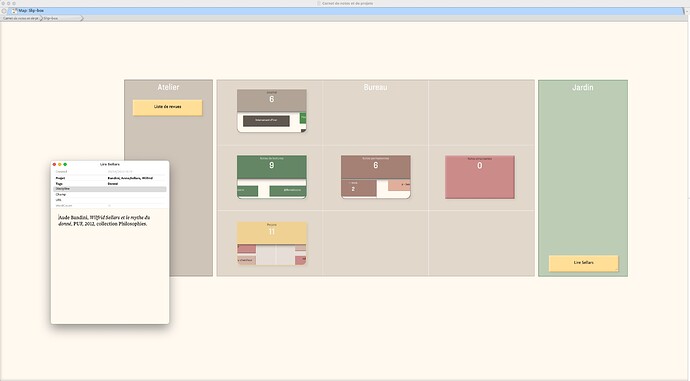Of course, at one level, I agree. A note is a note. On the surface, this can not be argued. Using a biological analogy, if a note is a note, is that like saying a heart cell is the same thing as a skin cell? They are both the same thing, they are cells, but they perform very different functions.
In Tinderbox land, for me, a new note is a stem cell. The stem cell takes on specialization and uniqueness when I start to use it, e.g., apply a prototype and apply attributes. For instance, a note simply might be some text I’ve written, or it might be a person, entity, figure, video, article, or a container that has several of all of the above, and in their collection, they become an article.
For me, notes take on a special significance when I’m going to reuse them across other projects, e.g., I might use a "media note’ in several articles, and an attribute associated with the media not may further specialize it to let me know that it is an image, video, or audio file. I have thousands of these “atomic” special notes, e.g., term definitions, entity overviews, individual “people” profiles, regulation or technical standards overviews. I use transclusion to reference and access the note in its entirety or to dynamically pull individual value from them to perform my work.
So, simply saying a note is a note does not work for me. It is not, or more aptly put, it depends on context.
